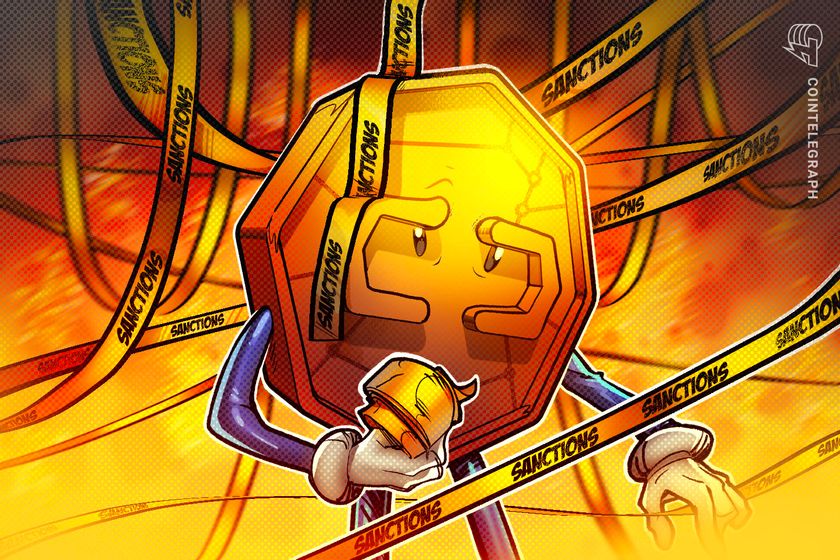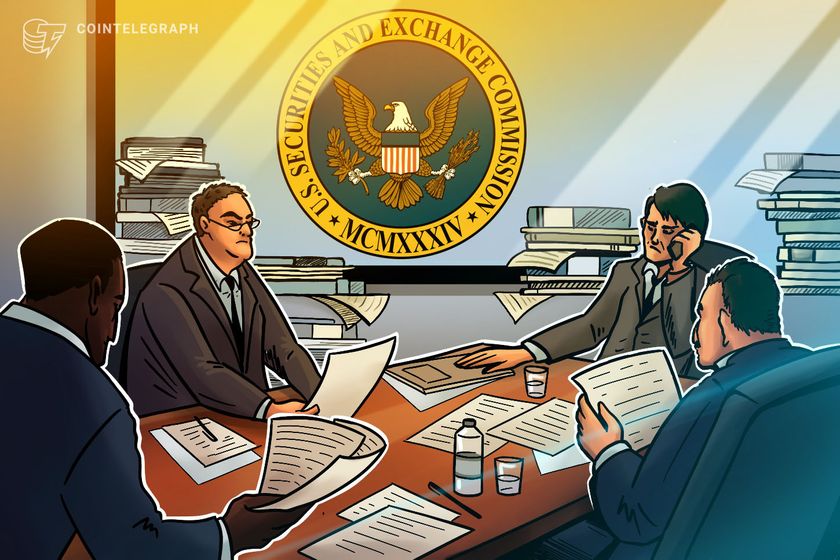

The US Treasury Department sanctioned eight cryptocurrency wallet addresses linked to Russian crypto exchange Garantex and the Yemeni political and military organization the Houthis.
The United States Office of Foreign Assets Control (OFAC) sanctioned eight crypto addresses that data from blockchain forensic firms Chainalysis and TRM Labs had linked to the organizations. Two are deposit addresses at major crypto platforms, while the other six are privately controlled.
Visualization of transaction flow related to OFAC sanctions. Source: Chainalysis
The addresses in question reportedly moved nearly $1 billion worth of funds linked to sanctioned entities. Most of the transactions funded Houthi operations in Yemen and the Red Sea region.
Slava Demchuk, a crypto-focused money laundering specialist and United Nations Office on Drugs and Crime consultant told Cointelegraph that “the inclusion of Houthi-linked wallets reflects a broader recognition of crypto’s role in geopolitical conflicts and terrorism financing.” He added:
“The implications are far-reaching — compliance frameworks must adapt swiftly, attribution efforts will intensify, and decentralized platforms may face increased scrutiny.“
Demchuk highlighted that the situation reshapes the regulatory landscape. According to him, crypto “is now firmly within the scope of international security.
Who are the Houthis?
The Houthis, also known as Ansar Allah, are a Yemeni political and armed movement that emerged from the Zaidi Shia community. Originating as a revivalist and reformist group, they later became a major force in Yemen’s ongoing conflict.
Related: US DOJ says it seized Hamas crypto meant to finance terrorism
In recent years, the Houthis have engaged in attacks against both military and civilian vessels in the Red Sea with missiles and drones. In January, US President Donald Trump designated the group as a foreign terrorist organization.
The announcement noted that “the Houthis’ activities threaten the security of American civilians and personnel in the Middle East, the safety of our closest regional partners, and the stability of global maritime trade.” The group was recently struck by a US bombing campaign.
Related: Binance claims’ no special relationship’ with Hamas, argues to dismiss lawsuit
Garantex: Russia’s crypto laundromat
Garantex is a Russian crypto exchange that was sanctioned and shut down in early March after purportedly helping money-laundering efforts. At the time, Tether — the leading stablecoin operator and issuer of USDt — froze $27 million in USDt on the platform, forcing it to halt operations.
The platform has reportedly shifted millions of dollars as it sought to reboot under its new brand, “Grinex.”
In mid-March, officials with India’s Central Bureau of Investigation announced the arrest of Lithuanian national Aleksej Bešciokov, who was alleged to have operated the cryptocurrency exchange Garantex.
The arrest of the alleged Garantex founder was based on US charges of conspiracy to commit money laundering, conspiracy to operate an unlicensed money-transmitting business and conspiracy to violate the International Emergency Economic Powers Act.
Magazine: Financial nihilism in crypto is over — It’s time to dream big again



